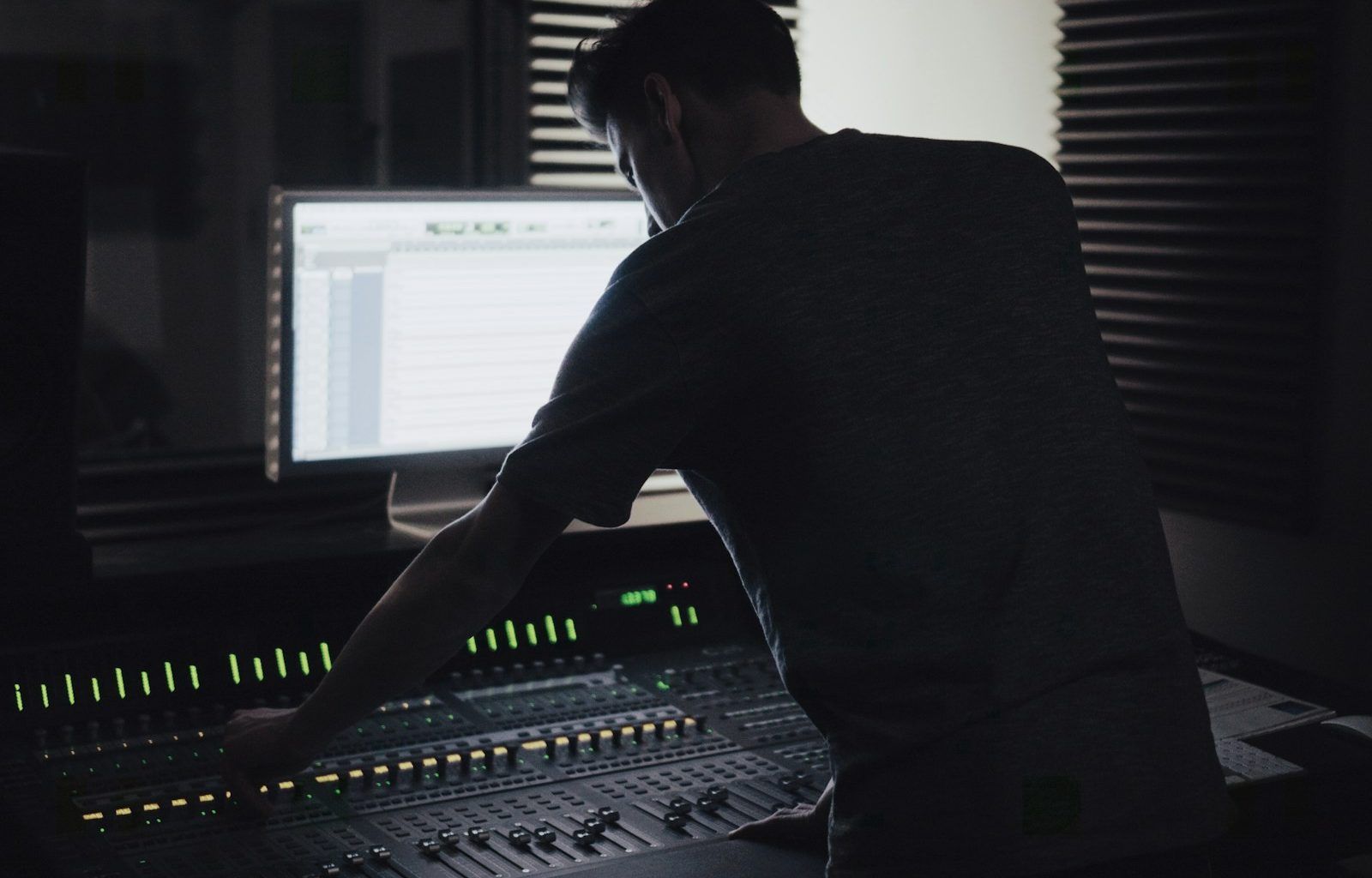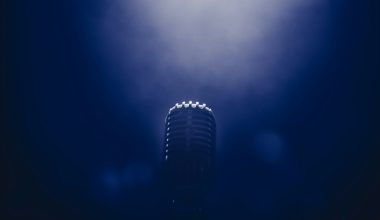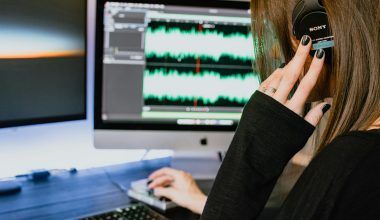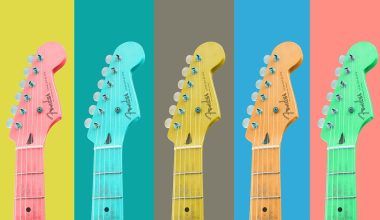Are you dreaming of creating your own record studio setup? Whether you’re an aspiring musician, a budding podcaster, or a sound enthusiast, having your own recording space can bring your creative visions to life. The good news is, setting up a studio isn’t as daunting as it might seem. With a little planning and the right gear, you can create a space where magic happens.
Why Set Up a Record Studio at Home?
First, let’s talk about why you might want to build your own recording studio. A personal studio gives you control over your schedule, helps you save money on studio rentals, and allows you to work in a space tailored to your preferences. Plus, there’s something incredibly satisfying about crafting your music or projects in a studio you designed yourself. Whether you’re recording a full album or editing voiceovers, a home record studio setup provides convenience and creative freedom.
Choosing the Right Space for Your Studio
The foundation of a great record studio setup starts with choosing the right room. Ideally, you’ll want a space that is quiet and isolated from external noise. A spare bedroom, basement, or even a walk-in closet can work wonders. Avoid rooms with excessive echo or hard surfaces like tiles; carpets and rugs can help absorb sound and make the space more acoustically friendly.
Soundproofing and Acoustics
One of the most crucial aspects of your studio is soundproofing. Nobody wants external noises sneaking into their recordings. You can start with simple fixes like sealing gaps around doors and windows. Heavy curtains, acoustic panels, and foam can significantly reduce unwanted noise and echoes. If you’re on a tight budget, even DIY options like thick blankets or egg cartons can help.
Acoustic treatment, on the other hand, focuses on controlling how sound behaves within your room. Strategic placement of bass traps and diffusers can enhance your studio’s sound quality, making it easier to produce professional-level recordings.
Essential Equipment for Your Record Studio Setup
When it comes to equipment, it’s easy to feel overwhelmed by the sheer number of options. Let’s break it down into the essentials:
- Computer and Software: Your computer will be the heart of your studio. Pair it with reliable Digital Audio Workstation (DAW) software like Logic Pro, Ableton Live, or Pro Tools.
- Audio Interface: This device connects your microphones and instruments to your computer. It converts analog signals into digital ones and vice versa.
- Microphones: For vocals and instruments, you’ll need a quality microphone. A condenser mic is versatile and great for studio use, while dynamic mics work well for louder sources.
- Studio Monitors and Headphones: Unlike regular speakers, studio monitors provide accurate sound without coloration. Invest in good-quality monitors and closed-back headphones for precise monitoring.
- Cables and Accessories: Don’t forget about XLR cables, mic stands, and pop filters. These small items can make a big difference in your workflow.
Setting Up Your Gear
Once you’ve gathered your equipment, it’s time to set everything up. Position your desk and monitor speakers in an equilateral triangle to achieve the best sound. Place your microphone stand in a location free from reflections and unwanted noise. Cable management might not seem exciting, but keeping your wires organized can prevent accidents and improve the studio’s overall vibe.
The Importance of Ergonomics
Spending hours in your studio can take a toll on your body if your setup isn’t ergonomic. Choose a comfortable chair and ensure your desk is at the right height. Monitor screens should be at eye level to avoid neck strain. These small adjustments can make long recording sessions more enjoyable.
Enhancing Your Studio on a Budget
Building a record studio setup doesn’t have to break the bank. Look for deals on second-hand gear or opt for budget-friendly brands that offer great value. DIY acoustic panels or mic isolation shields can save you money while improving sound quality. Remember, the most important thing is to get started—you can upgrade as you grow.
Adding Personal Touches
Your studio should inspire creativity. Decorate the space with posters, plants, or artwork that resonates with you. Good lighting, like soft LED strips, can also set the mood and make your studio feel more inviting.
Maintaining Your Record Studio Setup
Once your studio is up and running, keeping it in good shape is crucial. Regularly clean your equipment to prevent dust buildup. Back up your recordings frequently and stay organized with labeled folders and files. These habits will ensure your studio remains a productive and enjoyable space.
Troubleshooting Common Issues
No studio is perfect, and you’re bound to face a few challenges. Here are some common problems and solutions:
- Background Noise: Identify the source and address it. This could mean adding more soundproofing or turning off noisy appliances.
- Latency Issues: Optimize your computer’s settings or upgrade your audio interface to reduce delays.
- Inconsistent Sound: Experiment with mic placement and acoustic treatment until you achieve the desired results.
Growing With Your Studio
As your skills improve, so will your needs. Over time, you might want to invest in additional gear like MIDI controllers, drum machines, or advanced plugins. Remember, your record studio setup is a work in progress, and it’s okay to make changes as you learn more.
Wrapping Up
Creating your own record studio setup is an exciting journey that lets you take control of your creative projects. By choosing the right space, investing in essential equipment, and focusing on soundproofing and acoustics, you can build a studio that meets your needs and inspires you to create. With time, patience, and a bit of experimentation, you’ll be well on your way to producing high-quality recordings right from the comfort of your home.
Embrace the process, and don’t be afraid to start small. Your perfect record studio setup is closer than you think!
Related Articles:
For further reading, explore these related articles:
- How to Buy an Album on Apple Music: A Step-by-Step Guide
- The Revolution of Smart Music: How Technology is Changing the Way We Listen and Create
For additional resources on music marketing and distribution, visit DMT Records Private Limited.






